Adam Bargteil
Learning Aesthetic Layouts via Visual Guidance
Jul 13, 2021

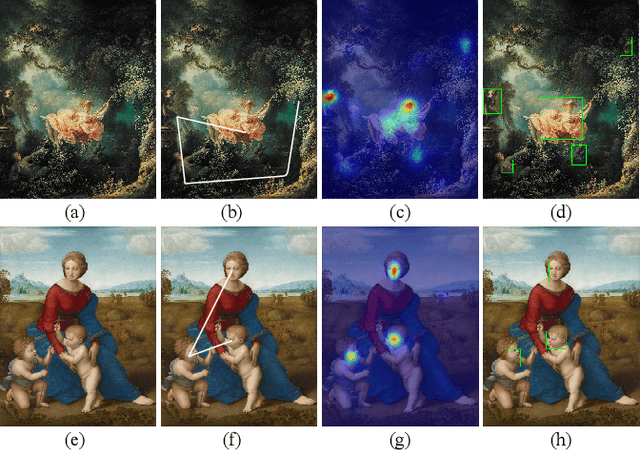
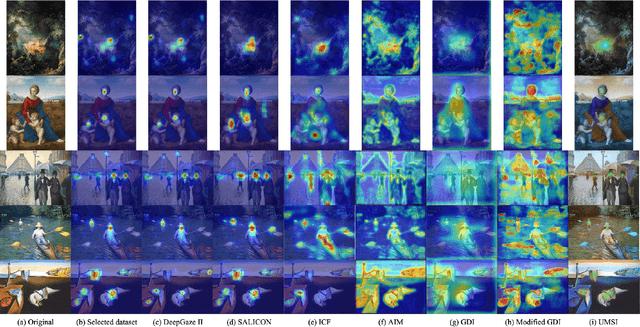
Abstract:We explore computational approaches for visual guidance to aid in creating aesthetically pleasing art and graphic design. Our work complements and builds on previous work that developed models for how humans look at images. Our approach comprises three steps. First, we collected a dataset of art masterpieces and labeled the visual fixations with state-of-art vision models. Second, we clustered the visual guidance templates of the art masterpieces with unsupervised learning. Third, we developed a pipeline using generative adversarial networks to learn the principles of visual guidance and that can produce aesthetically pleasing layouts. We show that the aesthetic visual guidance principles can be learned and integrated into a high-dimensional model and can be queried by the features of graphic elements. We evaluate our approach by generating layouts on various drawings and graphic designs. Moreover, our model considers the color and structure of graphic elements when generating layouts. Consequently, we believe our tool, which generates multiple aesthetic layout options in seconds, can help artists create beautiful art and graphic designs.
Learning to Shade Hand-drawn Sketches
Feb 26, 2020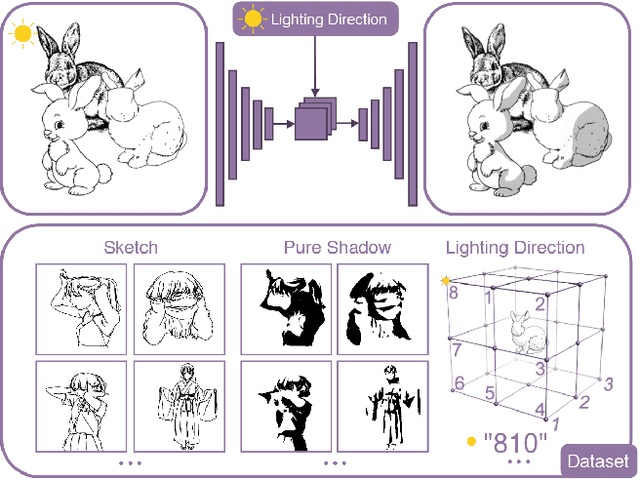
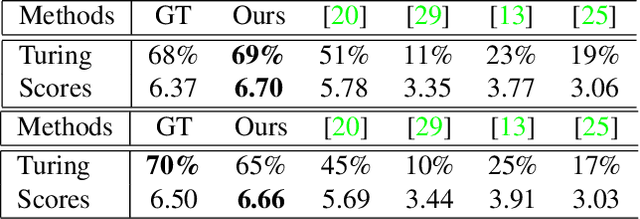

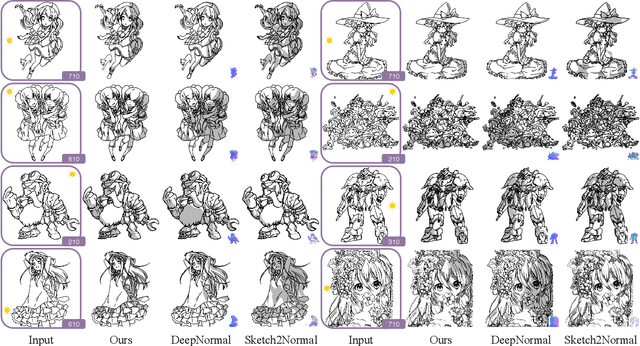
Abstract:We present a fully automatic method to generate detailed and accurate artistic shadows from pairs of line drawing sketches and lighting directions. We also contribute a new dataset of one thousand examples of pairs of line drawings and shadows that are tagged with lighting directions. Remarkably, the generated shadows quickly communicate the underlying 3D structure of the sketched scene. Consequently, the shadows generated by our approach can be used directly or as an excellent starting point for artists. We demonstrate that the deep learning network we propose takes a hand-drawn sketch, builds a 3D model in latent space, and renders the resulting shadows. The generated shadows respect the hand-drawn lines and underlying 3D space and contain sophisticated and accurate details, such as self-shadowing effects. Moreover, the generated shadows contain artistic effects, such as rim lighting or halos appearing from back lighting, that would be achievable with traditional 3D rendering methods.
 Add to Chrome
Add to Chrome Add to Firefox
Add to Firefox Add to Edge
Add to Edge